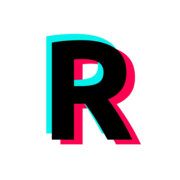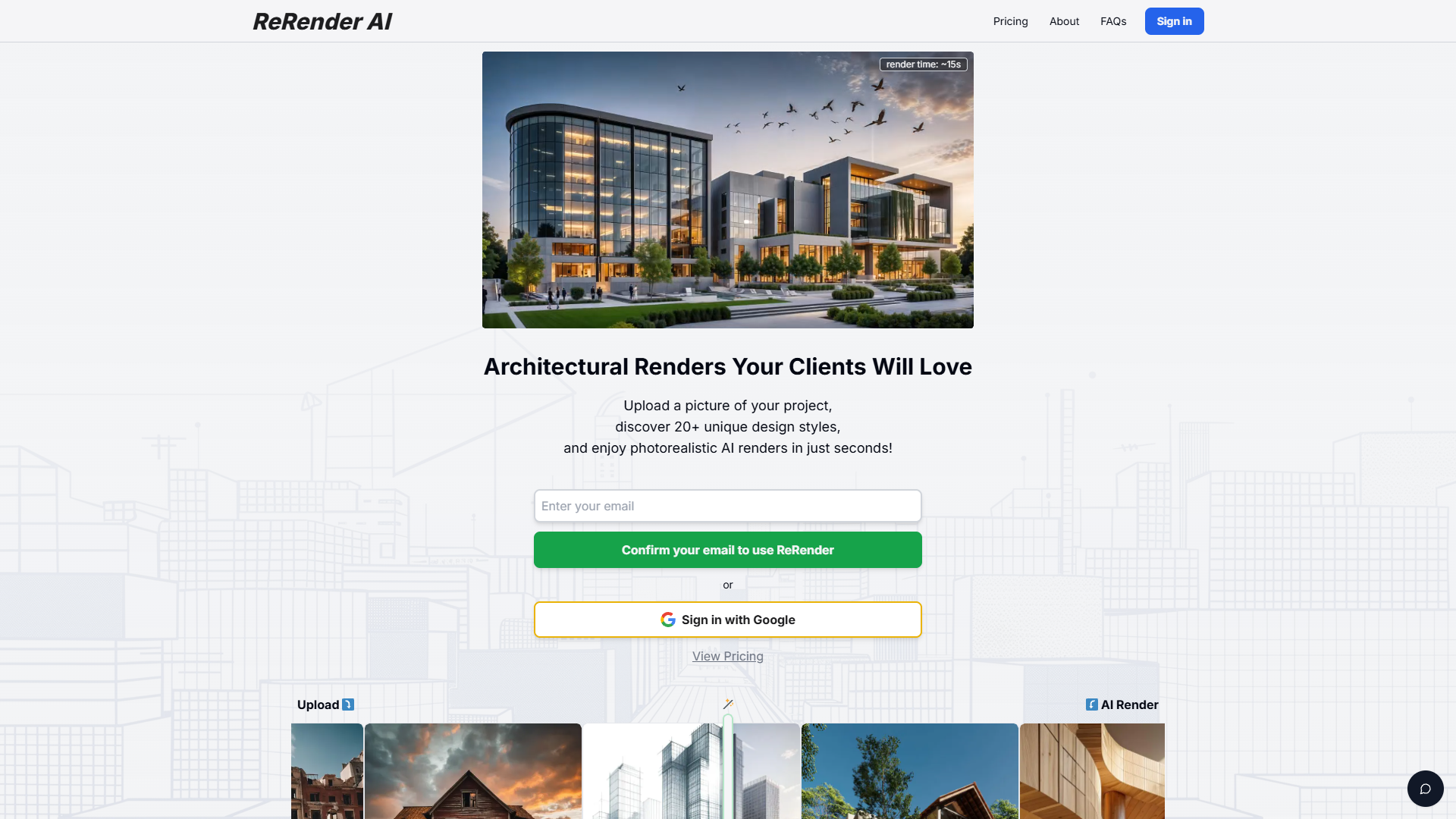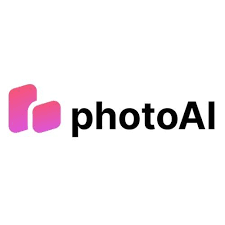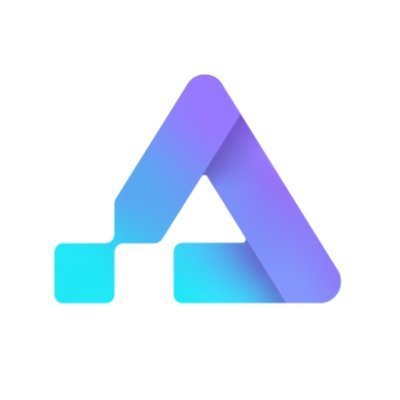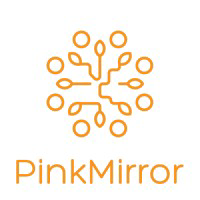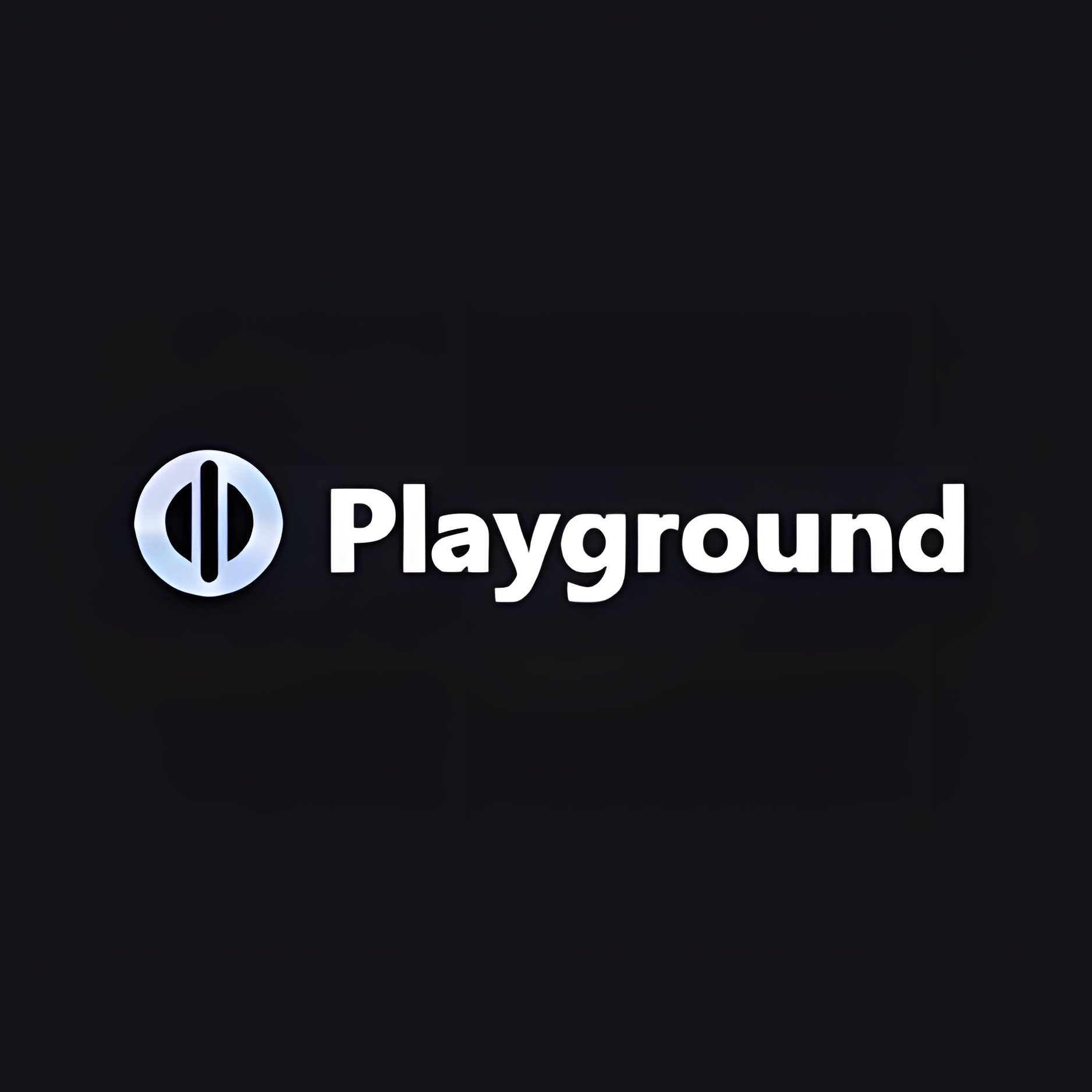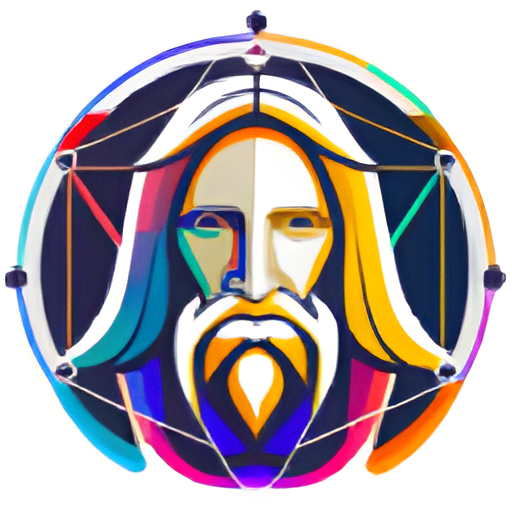Overview
ReRender AI by Stylefie, Inc. is an innovative architectural rendering tool designed to cater to a broad spectrum of design projects, from cutting-edge theaters in Neo Futurism style to cozy single-family homes. This versatile tool is celebrated for its ability to produce quick, photorealistic renders that significantly enhance the quality of design presentations. With ReRender AI, architects can easily convey their vision through detailed visuals that include comprehensive information on lighting, colors, materials, and source images. The software is engineered to be user-friendly, boasting an intuitive interface that is accessible to professionals regardless of their technical expertise.
One of the standout features of ReRender AI is its magic wand icon, which provides access to special functionalities, adding a layer of convenience and creative flexibility. Additionally, the tool is integrated with a variety of resources, including insightful blog posts and essential company policies, making it a holistic solution for architects aiming to optimize their workflow and impress clients with stunning visual presentations. While the tool generally operates smoothly with default settings, some manual tweaking may be necessary for complex geometries, ensuring every detail is perfectly captured. Overall, ReRender AI combines speed, quality, and ease of use, making it an indispensable tool in the arsenal of modern architectural professionals.
Key features
- Photorealistic AI renders: Generates high-quality, realistic images quickly, enhancing presentations and client engagements with visually striking outputs.
- Wide design coverage: Supports a diverse range of architectural styles from modern single-family homes to complex Neo Futurism theaters, catering to various design needs.
- Intuitive user interface: Designed for ease of use, allowing professionals of all technical levels to produce and adjust renders without extensive training.
- Adjustable default settings: Comes with customizable default settings for lighting, colors, and materials, providing flexibility while maintaining simplicity in design execution.
- Integrated learning resources: Features integration with blogs and company policies, offering continuous learning and adherence to best practices directly through the tool.
- Magic wand special features: Includes a magic wand icon that users can click to access special rendering features, enhancing creativity and detail in projects.
 Pros
Pros
- Real-time collaboration: Enables multiple users to work on the same project simultaneously, improving teamwork and speeding up project completion.
- Cloud-based storage: Offers secure, scalable cloud storage solutions, ensuring that all project data is accessible from anywhere, at any time.
- Advanced analytics tools: Provides detailed analytics on render performance and design trends, helping architects make data-driven decisions.
- Eco-friendly design options: Includes features that help architects design with sustainability in mind, promoting environmentally responsible practices.
- Multi-platform compatibility: Seamlessly works across various devices and operating systems, allowing users to switch between platforms without hassle.
 Cons
Cons
- Resource intensive: Requires high-end hardware to operate efficiently, potentially limiting access for users with older or less powerful computer systems.
- Limited offline capabilities: Heavily relies on internet connectivity for accessing integrated learning resources and cloud processing, restricting usage in remote areas.
- Complex feature navigation: Despite an intuitive interface, the depth of features can overwhelm new users, leading to a steep learning curve for specific advanced functions.
- Over-dependence on presets: While adjustable, the default settings can lead users to rely too heavily on presets, potentially stifling originality and customization in design.
- Update disruptions: Regular updates are necessary for optimal performance and security but can disrupt ongoing projects and require frequent adaptation by users.

